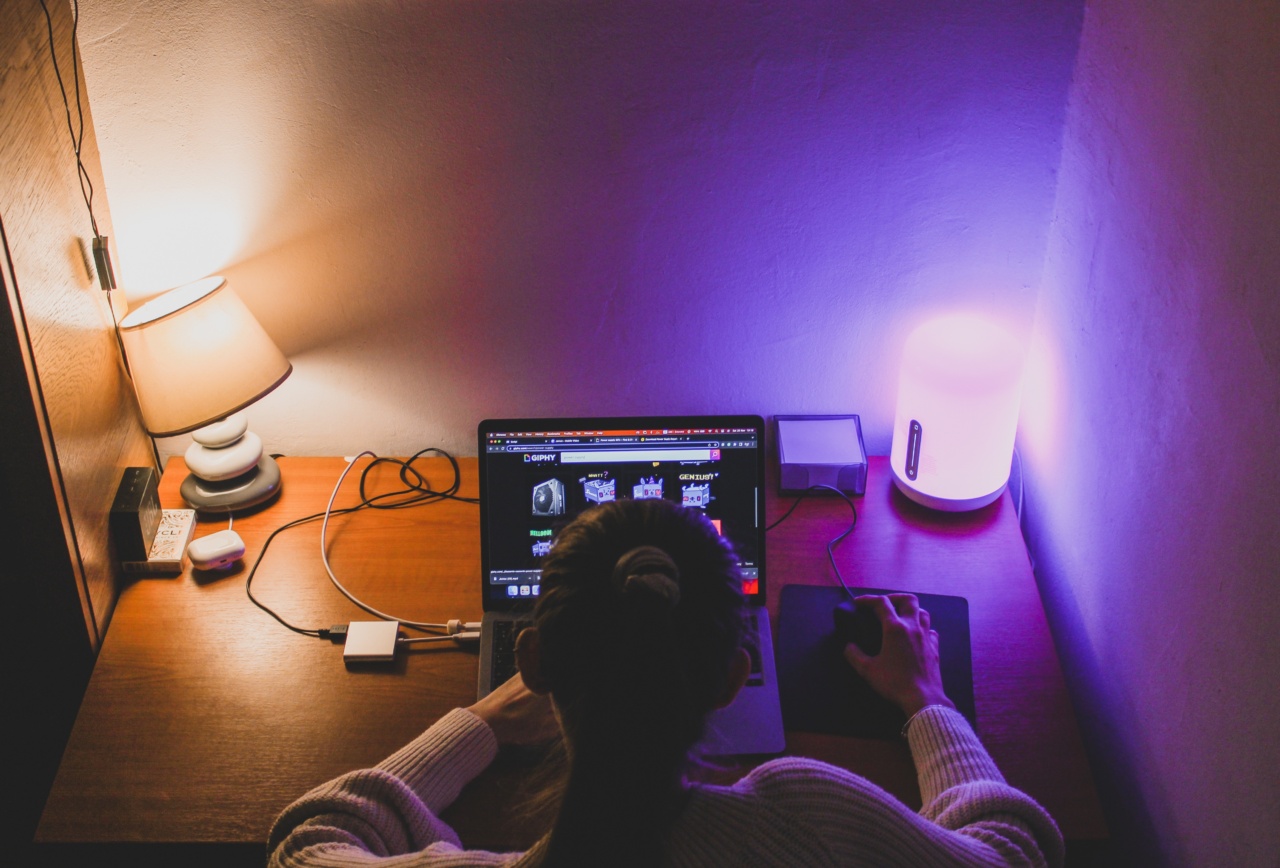In today’s world of technology, tablets and other mobile devices have become a staple in many households. With the convenience and accessibility that they offer, it’s no surprise that children are spending more and more time using them.
According to a report by the American Academy of Pediatrics, children ages 8-18 spend an average of 7 hours per day using electronic devices, such as tablets. While the use of these devices can be beneficial in many ways, it’s crucial to consider the effects that extended tablet use can have on a child’s musculoskeletal health.
What is Musculoskeletal Health?
Musculoskeletal health refers to the health and wellness of the body’s bones, muscles, ligaments, tendons, and other connective tissues. Good musculoskeletal health is essential for physical activity and overall well-being.
How Can Tablet Use Affect Musculoskeletal Health?
Extended use of tablets can have negative effects on a child’s musculoskeletal health. The following are some of the impacts that can occur:.
1. Neck and Shoulder Pain
Many children spend long periods of time using tablets and often have poor posture while doing so. This can result in neck and shoulder pain due to the sustained contraction of muscles in these areas.
This pain can be exacerbated by the fact that many children hold their tablets with their arms extended, adding to the strain on the neck and shoulders.
2. Eye Strain
Extended tablet use can also lead to eye strain, which can cause headaches, blurred vision, and dry eyes. This is due to the constant staring at a close object, which requires the eyes to focus and refocus continuously.
3. Poor Posture
As mentioned earlier, poor posture is common when using a tablet. Children tend to slouch or hunch over their devices, which can result in spinal problems and back pain.
4. Hand Strain
Using a tablet for an extended period of time can cause hand strain due to the repetitive motion of swiping or tapping the screen. Children may also grip their devices too tightly, leading to tension and pain in the hands and wrists.
5. Decreased Physical Activity
Spending long hours on a tablet can also lead to decreased physical activity, which can have negative consequences on musculoskeletal health.
Children who spend a lot of time using electronic devices are less likely to participate in physical activities such as sports or outdoor play, which can lead to weakened muscles and bones.
How to Prevent Negative Effects of Tablet Use on Musculoskeletal Health?
The good news is that there are ways to prevent the negative effects of prolonged tablet use on musculoskeletal health. Here are some tips:.
1. Limit Device Use Time
Parents should limit their children’s device use to no more than 2 hours per day. Educating children about the risks associated with excessive tablet use and encouraging them to take breaks and engage in physical activity can also help.
2. Encourage Good Posture
Parents should encourage proper posture while using devices. This includes keeping the head and neck in a neutral position and sitting in a chair that provides good back support.
3. Reduce Blue Light Exposure
Blue light emitted by electronic devices has been shown to disrupt sleep patterns and may have negative effects on eye health.
Parents can reduce blue light exposure by using applications that filter blue light or by setting up screen time windows that end before bedtime.
4. Taking Frequent Breaks
Children should take frequent breaks during device use to stretch, move, and engage in physical activity. This can help prevent strain on muscles and joints and improve overall musculoskeletal health.
Conclusion
The use of tablets and other electronic devices is becoming increasingly common among children. While these devices offer many benefits, it’s important to consider the impacts that extended tablet use can have on a child’s musculoskeletal health.
Parents can take steps to prevent negative effects by limiting device use time, encouraging good posture, reducing exposure to blue light, and taking frequent breaks.































